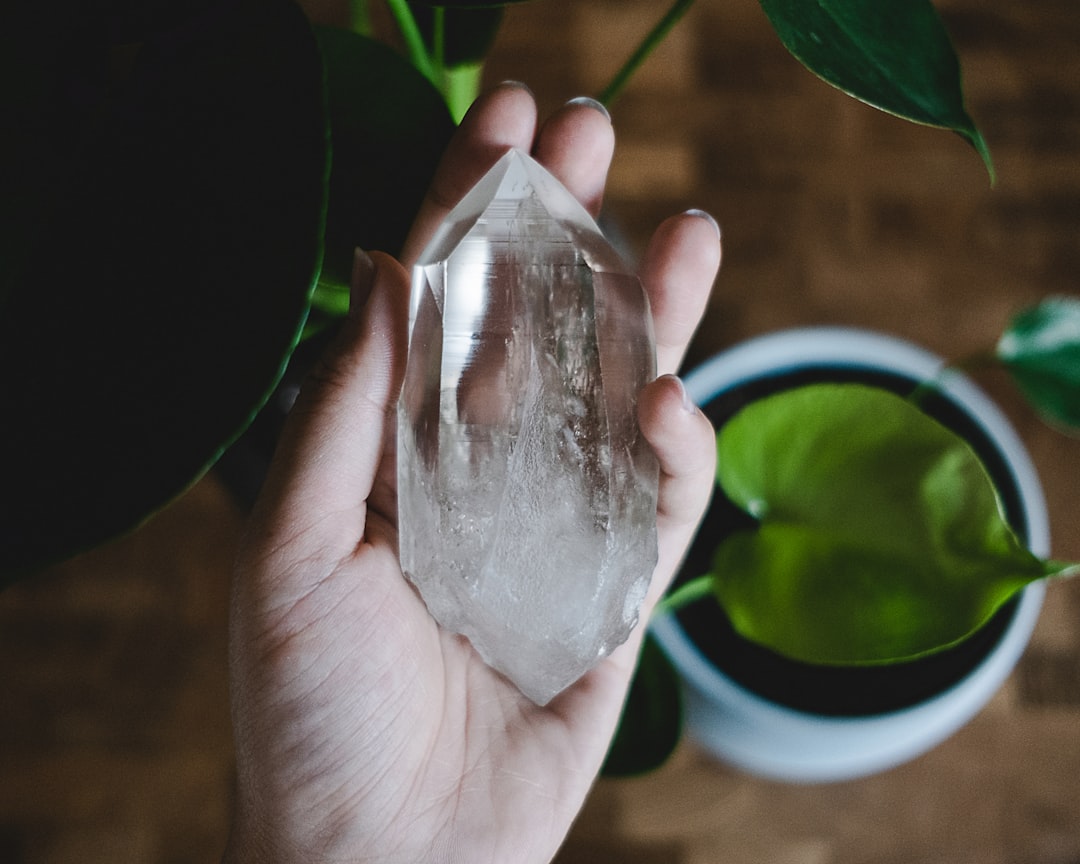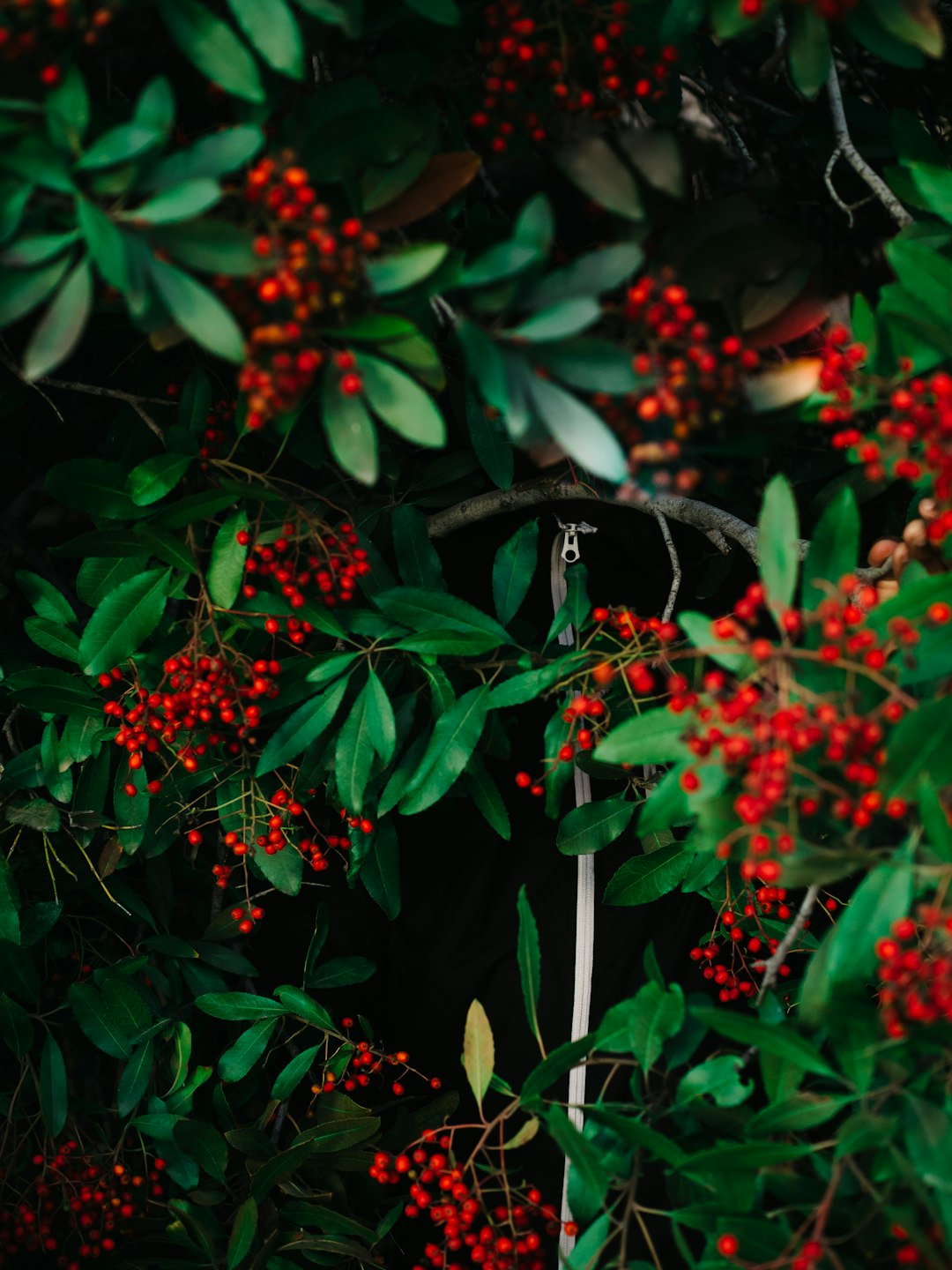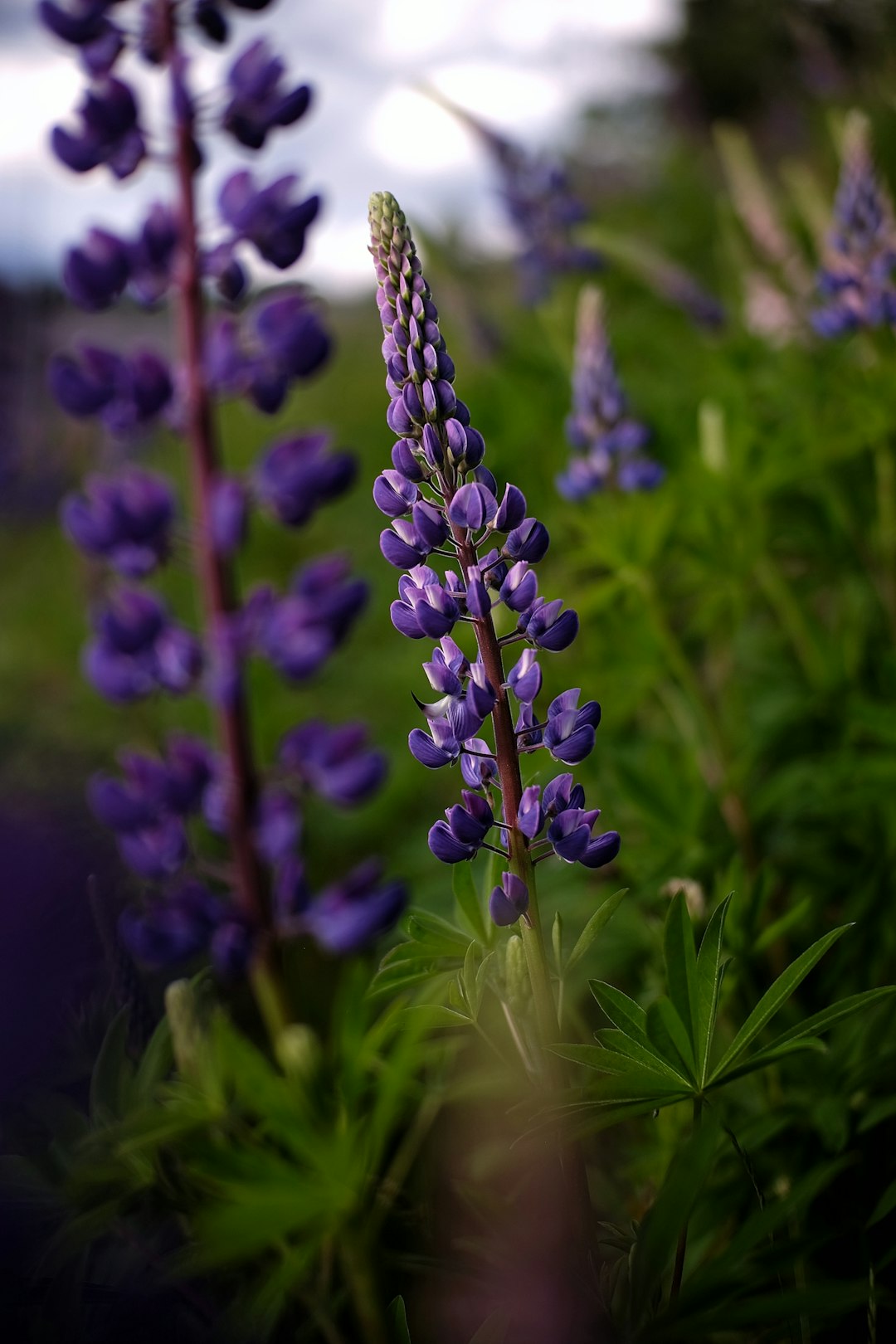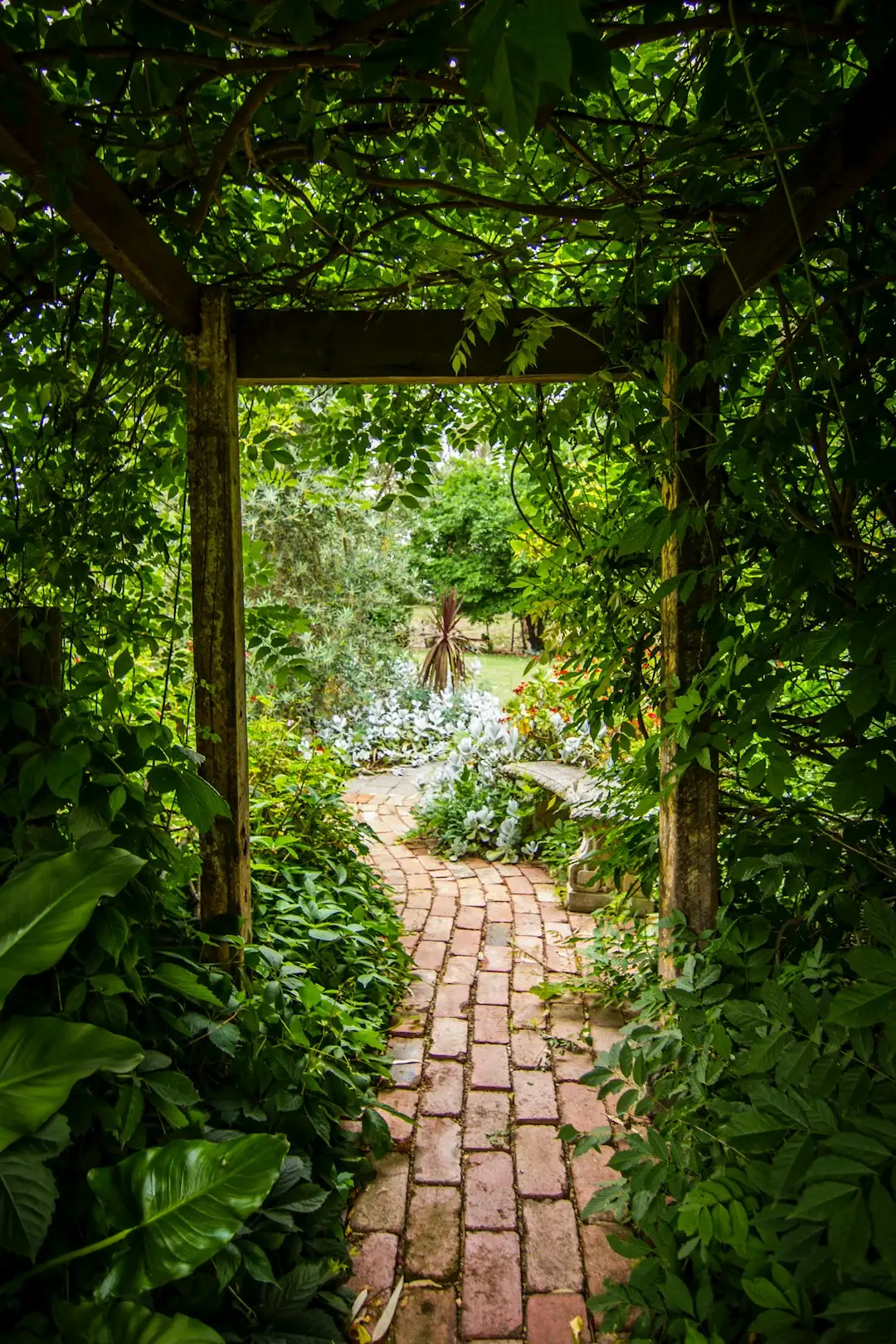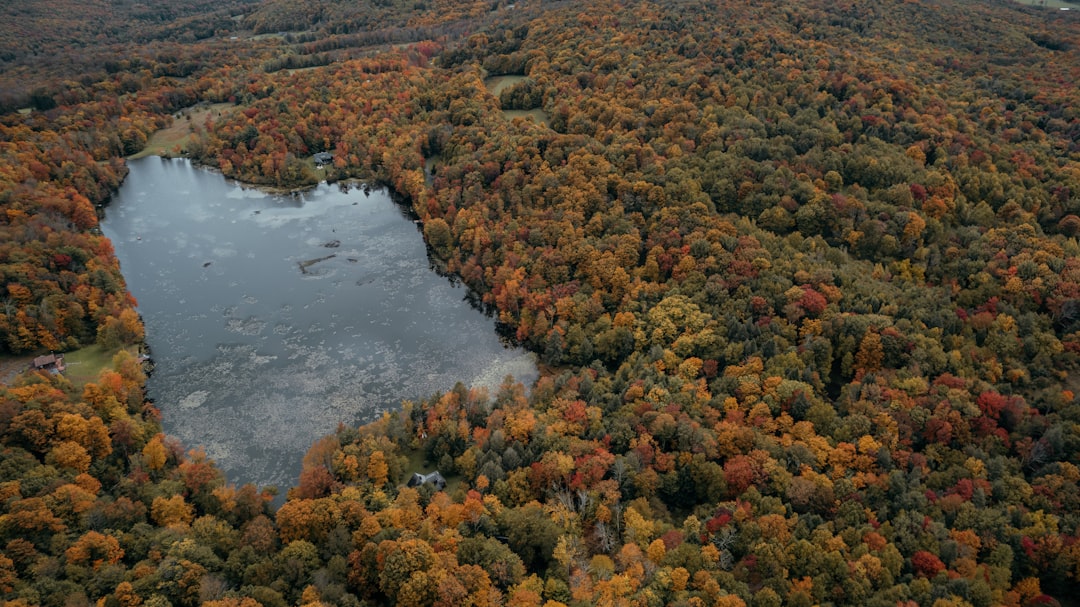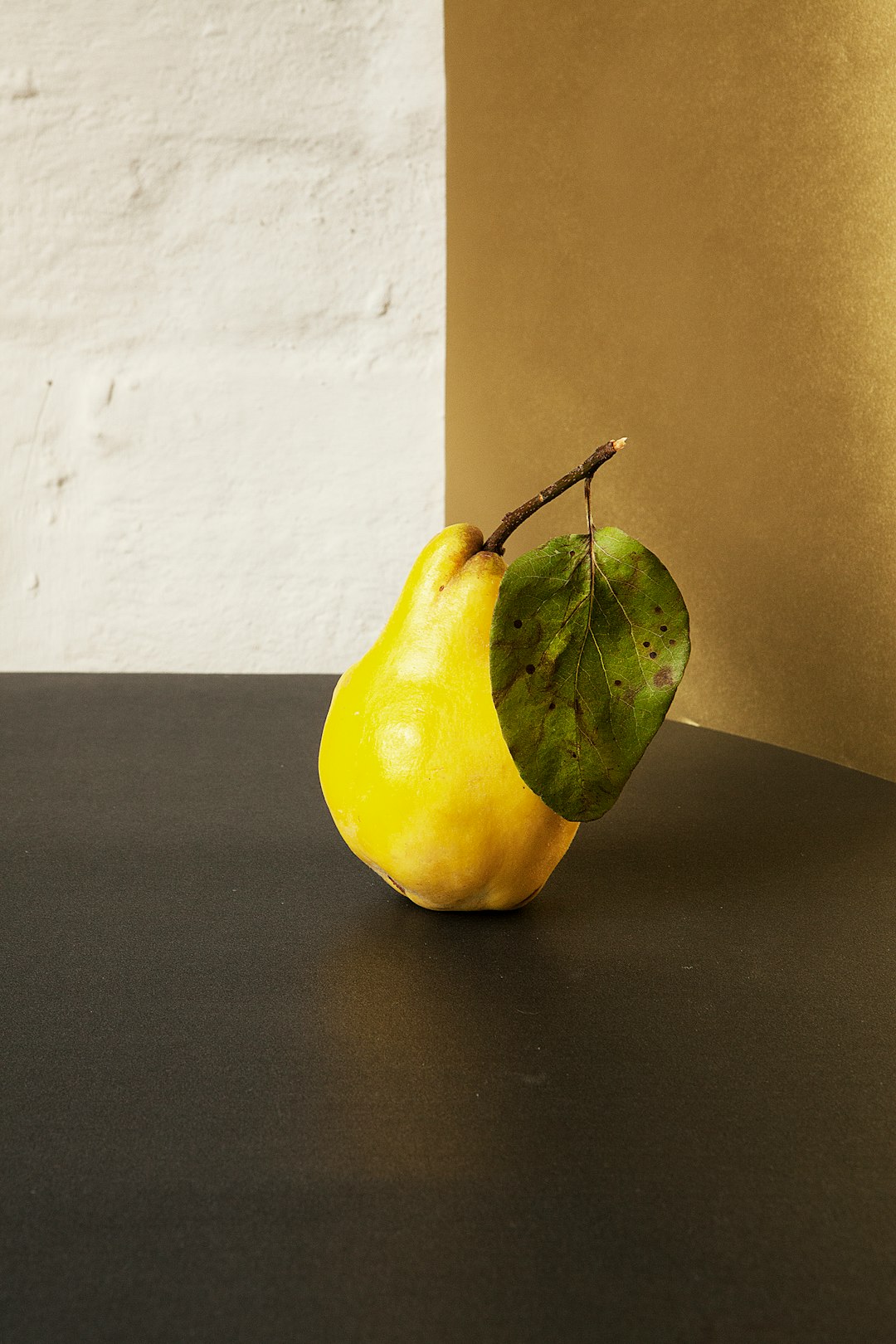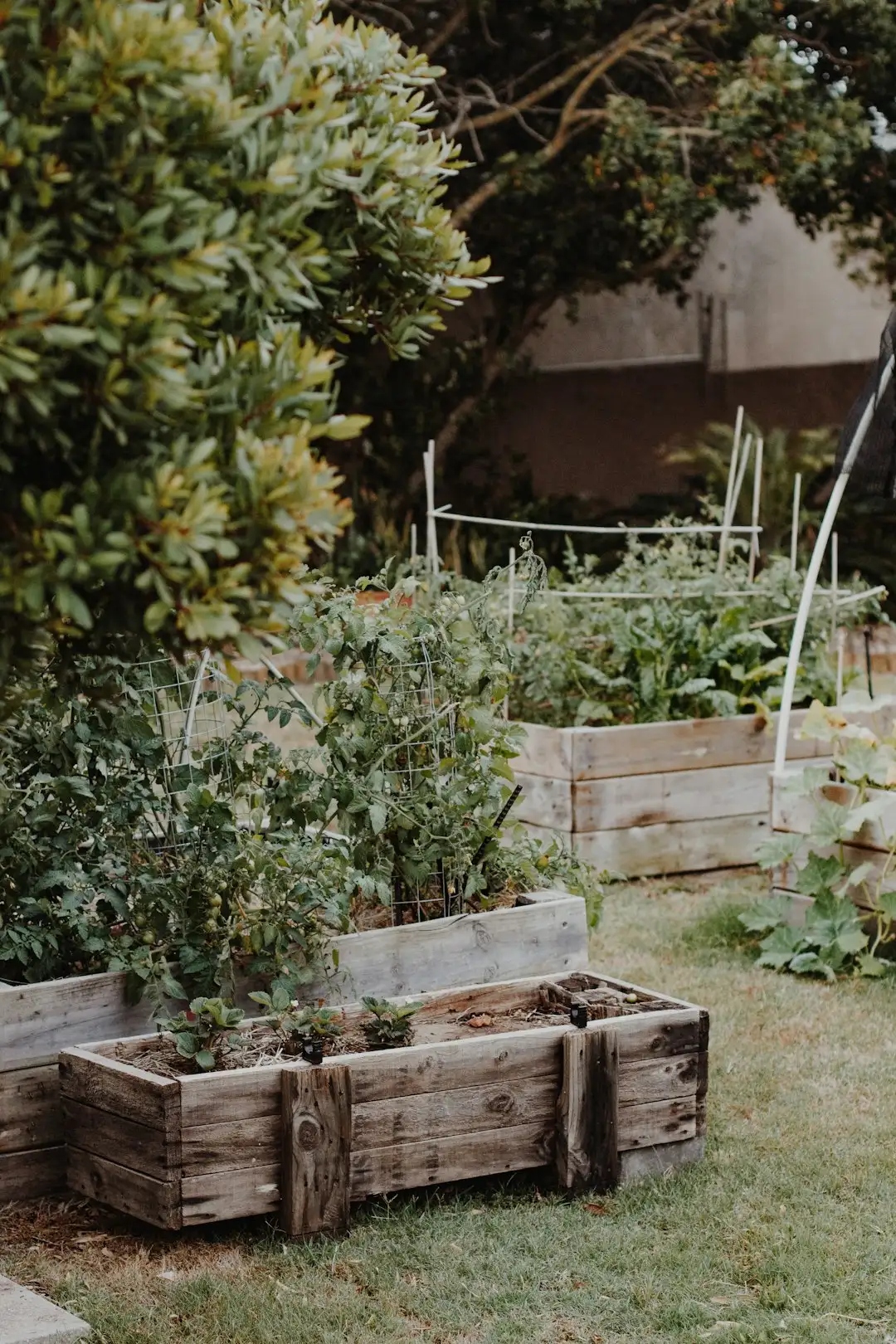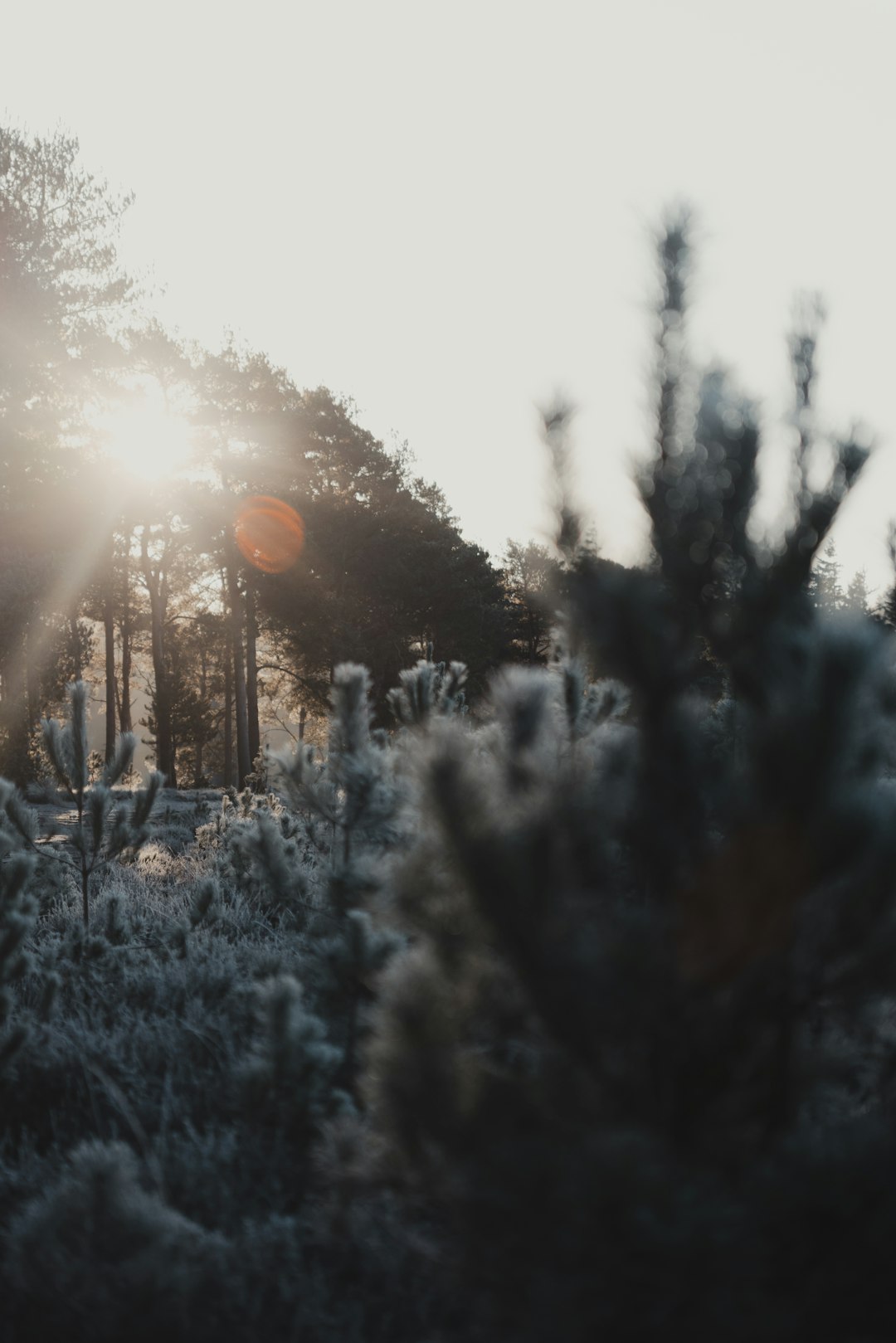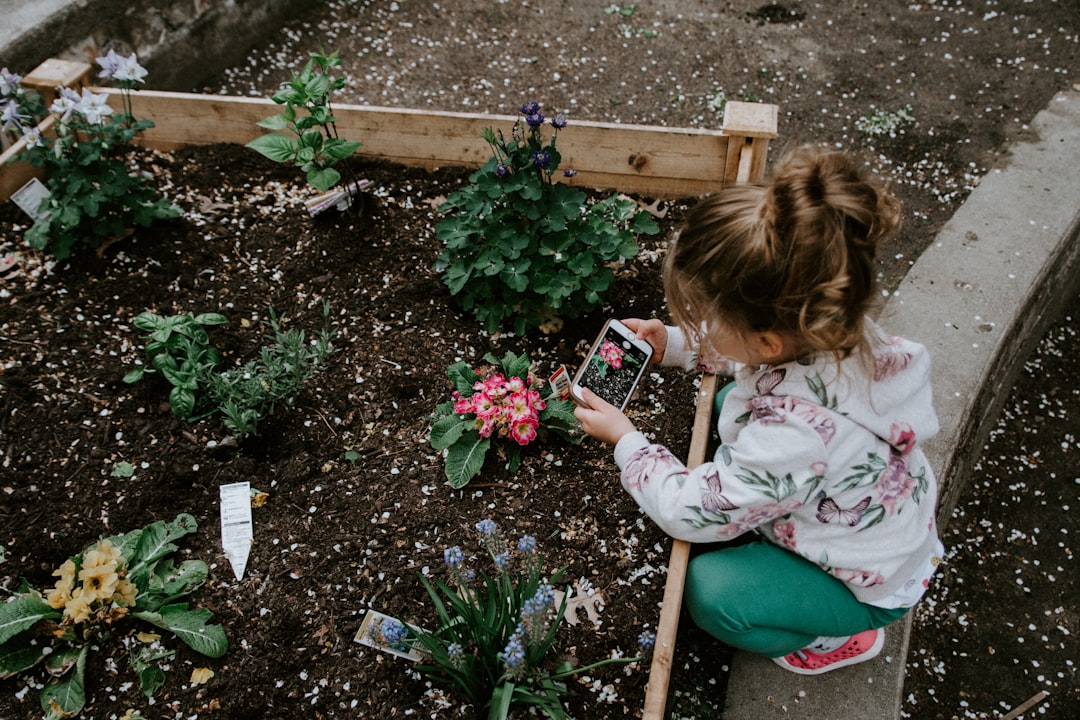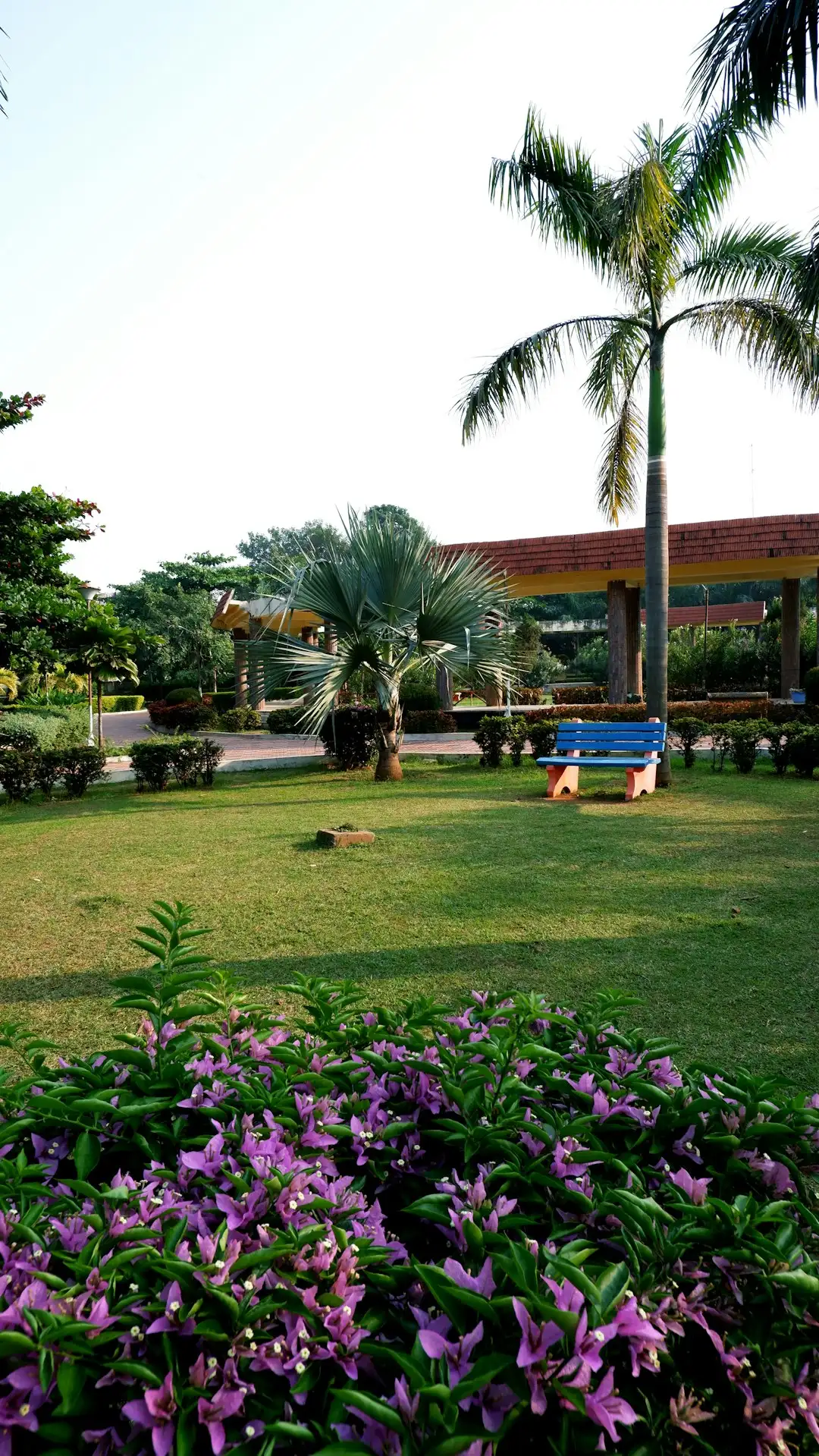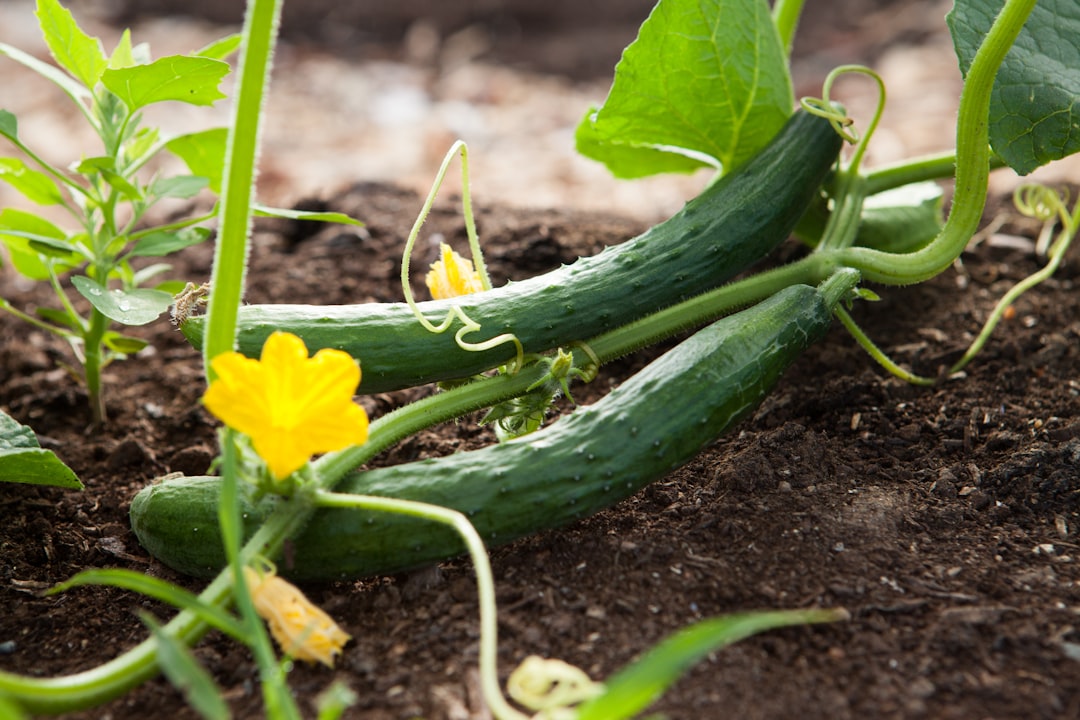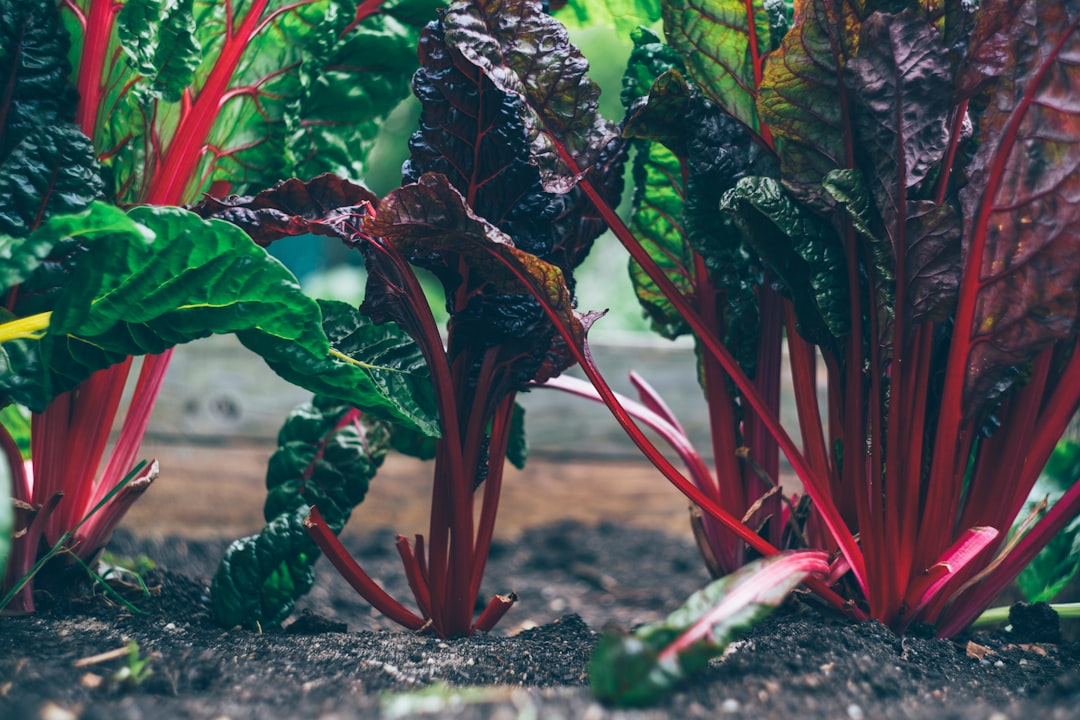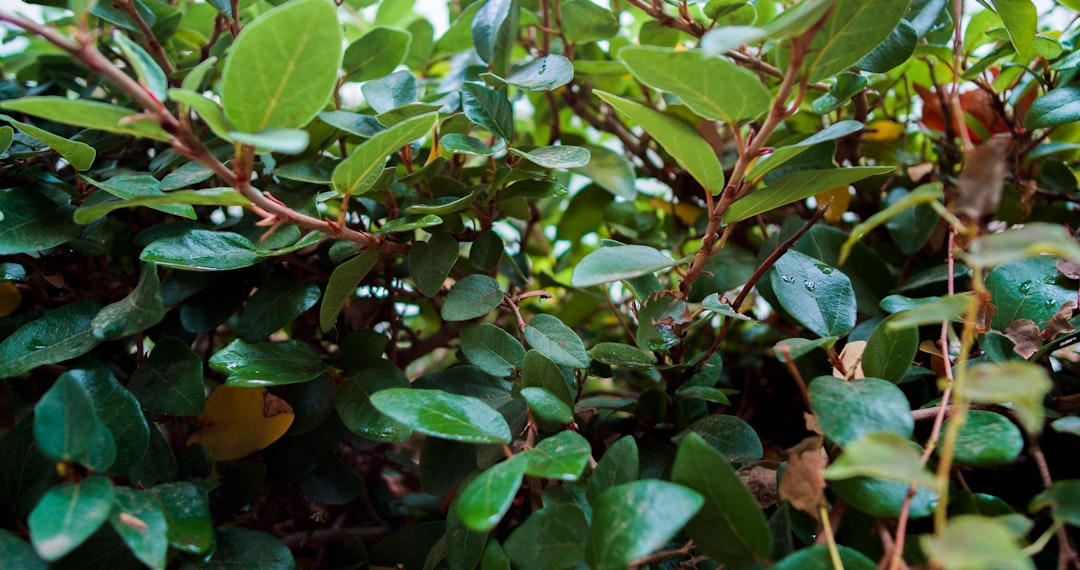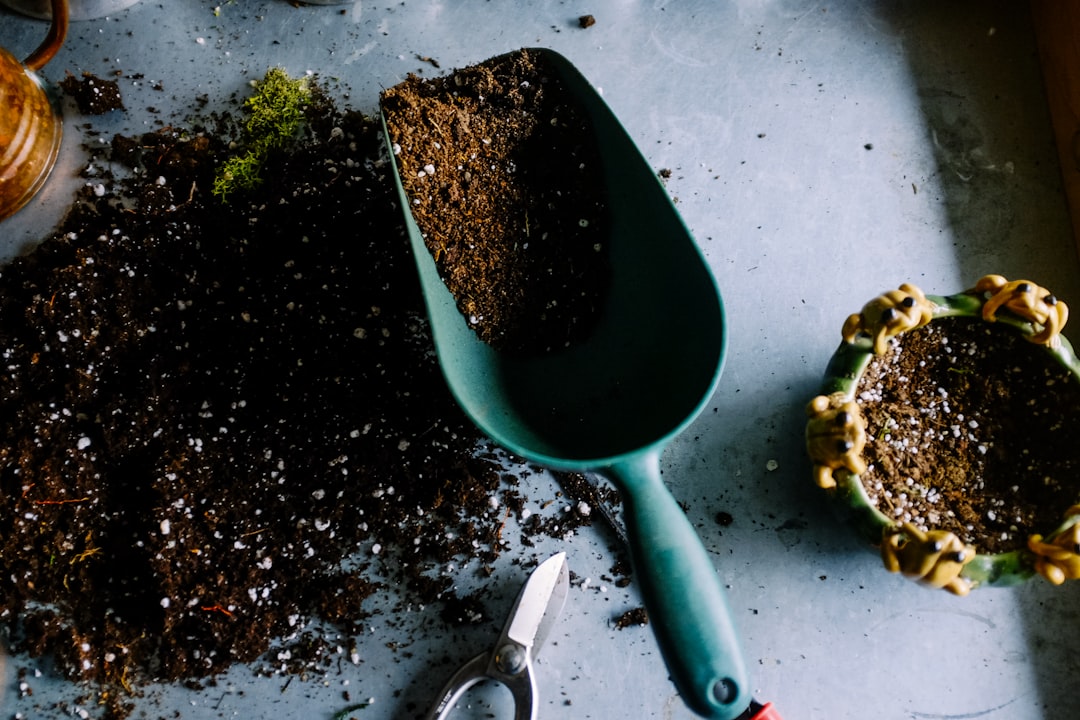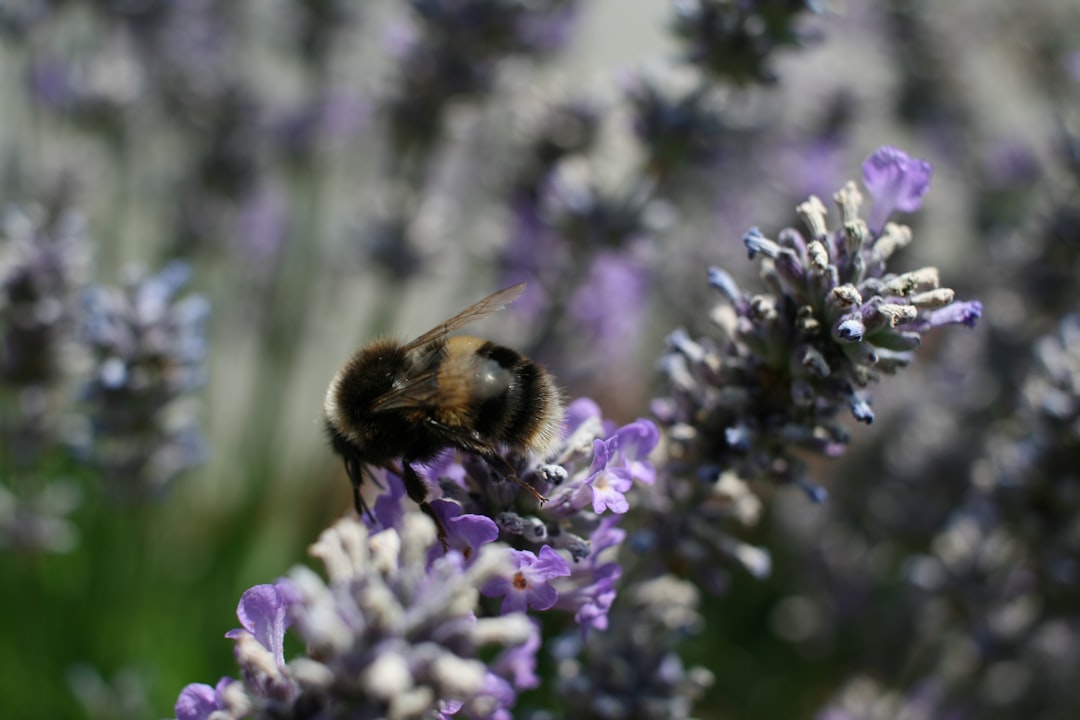
Embarking on a gardening journey is always an exciting endeavor, and one plant that deserves a special place in your garden is the Anacacho orchid tree or shrub. This native beauty is not only drought - tolerant but also graces your garden with fragrant flowers in the spring, making it a must - have for any gardening enthusiast.
The Anacacho orchid tree, scientifically known as Bauhinia lunarioides, is a remarkable addition to your outdoor space. Its unique appearance and adaptability set it apart from other trees and shrubs. Let's start by understanding its origin. Native to the arid regions of Texas and northern Mexico, this plant has evolved to thrive in harsh conditions. This natural adaptation makes it an ideal choice for gardens in areas with limited water availability.
When it comes to the physical characteristics of the Anacacho orchid tree, it has a distinct charm. The leaves are bi - lobed, resembling a butterfly's wings. This gives the tree an elegant and delicate look even when it's not in bloom. In the spring, the real show begins. The tree is covered in clusters of fragrant, orchid - like flowers. These flowers are usually white with a touch of pink or purple at the base, creating a visually stunning display. The fragrance is sweet and alluring, attracting bees, butterflies, and other pollinators to your garden.
Now, let's delve into the process of growing an Anacacho orchid tree. First and foremost, you need to choose the right location. This tree prefers full sun to partial shade. A spot in your garden that receives at least six hours of sunlight a day is ideal. The soil should be well - drained. If your soil is heavy or clay - like, you can amend it with sand or organic matter to improve drainage. This is crucial because the Anacacho orchid tree does not tolerate waterlogged conditions.
When it comes to planting, dig a hole that is twice as wide and just as deep as the root ball of the tree. Gently place the tree in the hole, making sure it is straight. Backfill the hole with soil, tamping it down gently to remove any air pockets. Water the tree thoroughly after planting. During the first year, it is important to keep the soil consistently moist but not soggy. Once the tree is established, it becomes more drought - tolerant and requires less frequent watering.
Fertilization is also an important aspect of growing an Anacacho orchid tree. You can use a balanced, slow - release fertilizer in the spring. Follow the instructions on the fertilizer package for the correct application rate. Avoid over - fertilizing, as this can lead to excessive growth and may make the tree more susceptible to pests and diseases.
Pruning is another key maintenance task. Prune the tree in the late winter or early spring before new growth begins. Remove any dead, damaged, or diseased branches. You can also shape the tree to your desired form. However, be careful not to over - prune, as this can reduce the number of flowers in the spring.
As for pests and diseases, the Anacacho orchid tree is relatively resistant. However, it can be susceptible to aphids and spider mites. Regularly inspect the tree for any signs of infestation. If you notice pests, you can use an insecticidal soap or neem oil to control them. Make sure to follow the instructions on the product label.
In conclusion, growing an Anacacho orchid tree or shrub is a rewarding experience. Its beautiful flowers, drought - tolerance, and low - maintenance nature make it a great choice for both novice and experienced gardeners. By following the tips and guidelines mentioned above, you can enjoy the beauty and fragrance of this native tree in your garden for years to come.
New











